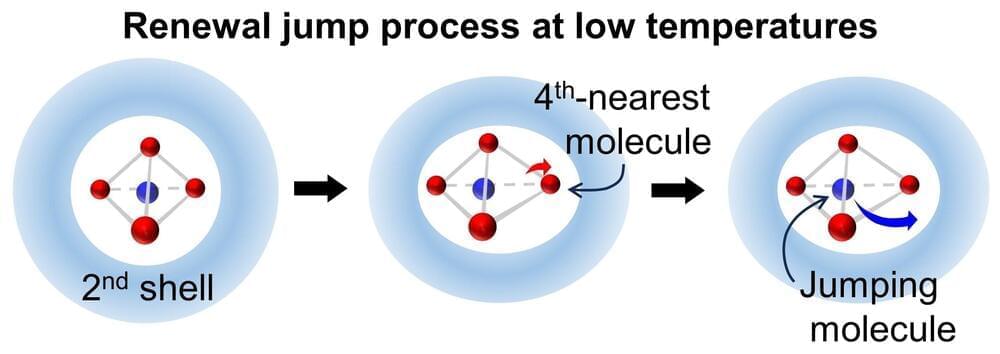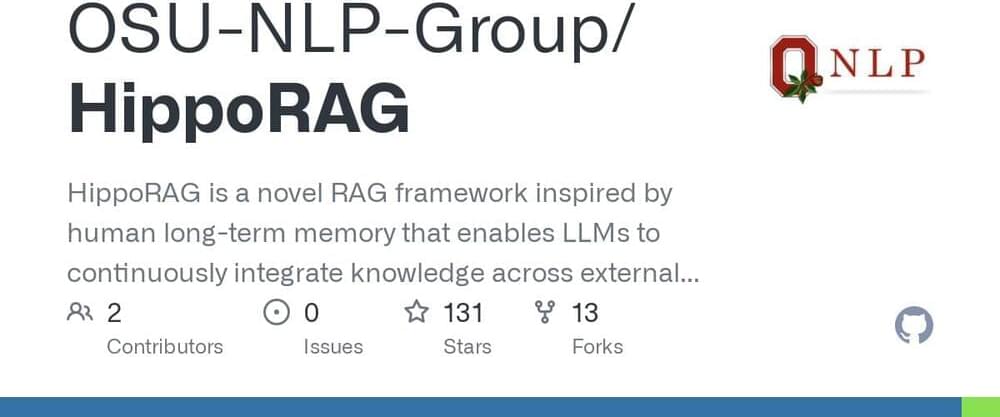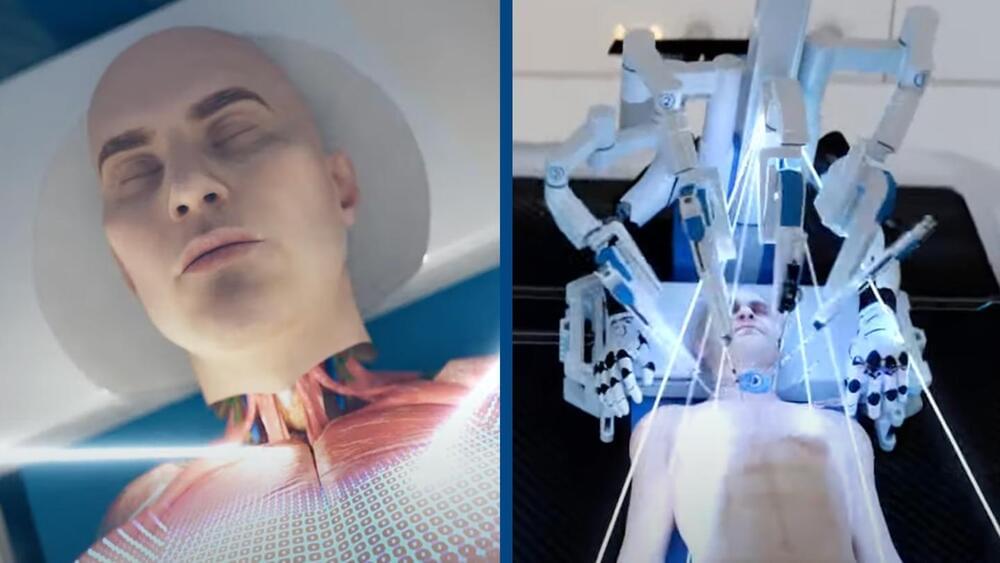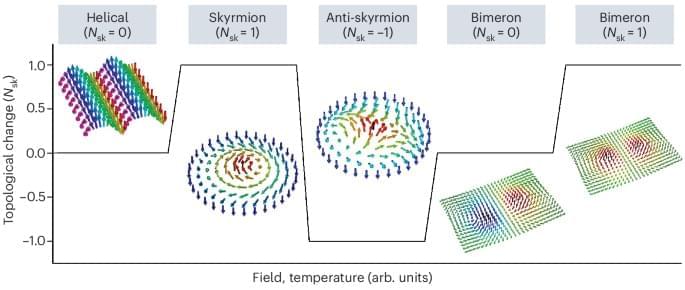GPT-4o UNCHAINED!
Hackers have released a jailbroken version of ChatGPT-4o called “GODMODE GPT.” And, yes, it works. Be safe, kids!

Join us on Patreon! https://www.patreon.com/MichaelLustgartenPhDDiscount Links: NAD+ Quantification: https://www.jinfiniti.com/intracellular-nad-test/Use Cod…


From ohio state university & stanford university: neurobiologically inspired long-term memory for large language models.
From ohio state university & stanford university.
Hipporag: neurobiologically inspired long-term memory for large language models.
Paper: https://arxiv.org/abs/2405.14831 Code: https://github.com/OSU-NLP-Group/HippoRAG
In order to thrive in hostile and ever-changing natural environments, mammalian…
HippoRAG is a novel RAG framework inspired by human long-term memory that enables LLMs to continuously integrate knowledge across external documents. — OSU-NLP-Group/HippoRAG.

Link :
Medical technology has come a long way, with a whole heap of procedures becoming possible in ways that wouldn’t have been dreamed of by doctors a generation or two ago.
Still, there are always new ideas coming to the forefront, as demonstrated by the concept of BrainBridge, a fake start-up designed to look like it could complete a full human head transplant sooner than you might think.
The fake company, created by a filmmaker, recently started to publicize the design of its ‘head transplant system’, saying it aimed to be operating on patients in the next eight years.

Free access Closer to Truth’s library of 5,000 videos: http://bit.ly/2UufzC7Does everything about a person disappear at death? The body? Sure, it’s gone. The…
Global Workspace Theory (GWT)Information Integration Theory (IIT)
Daniel Dennett thinks that the Mind-Body problem has a solution. And moreover it’s not a specific or \.
